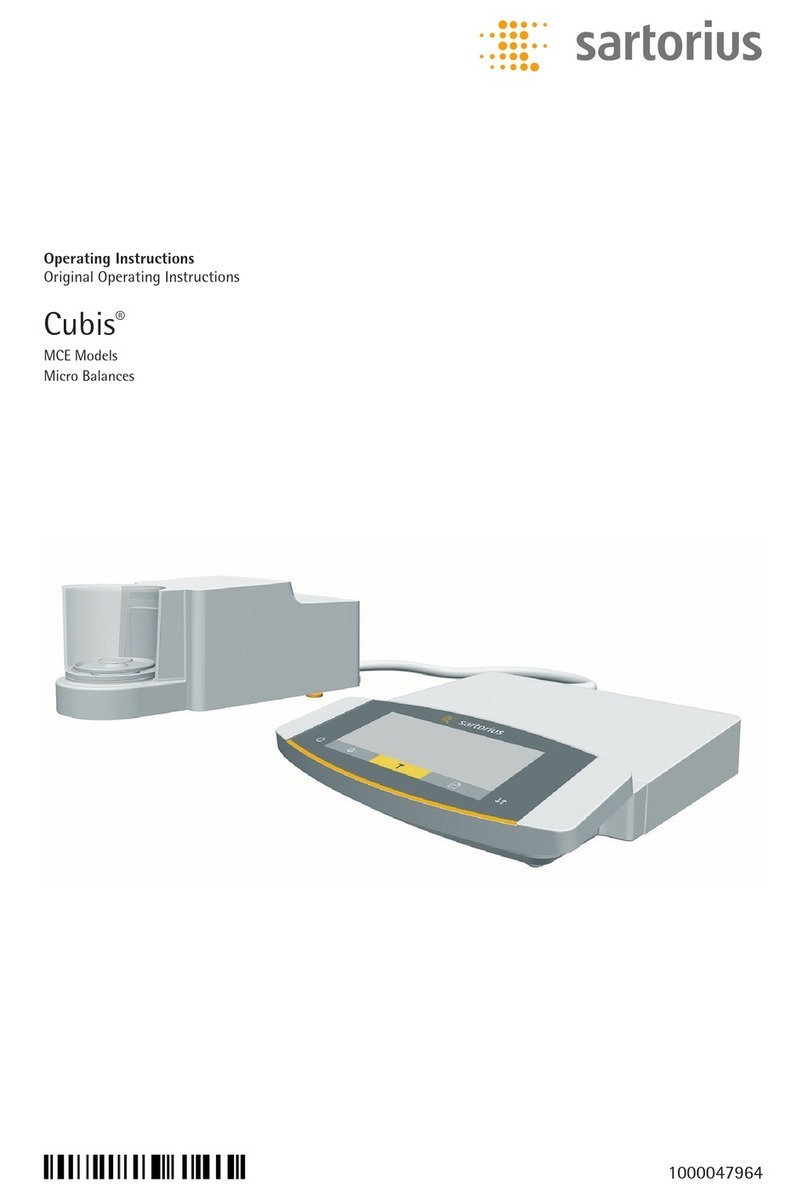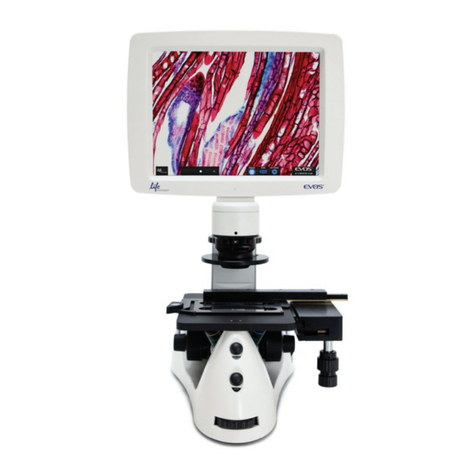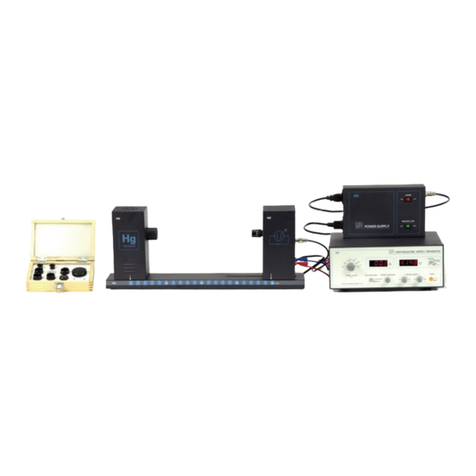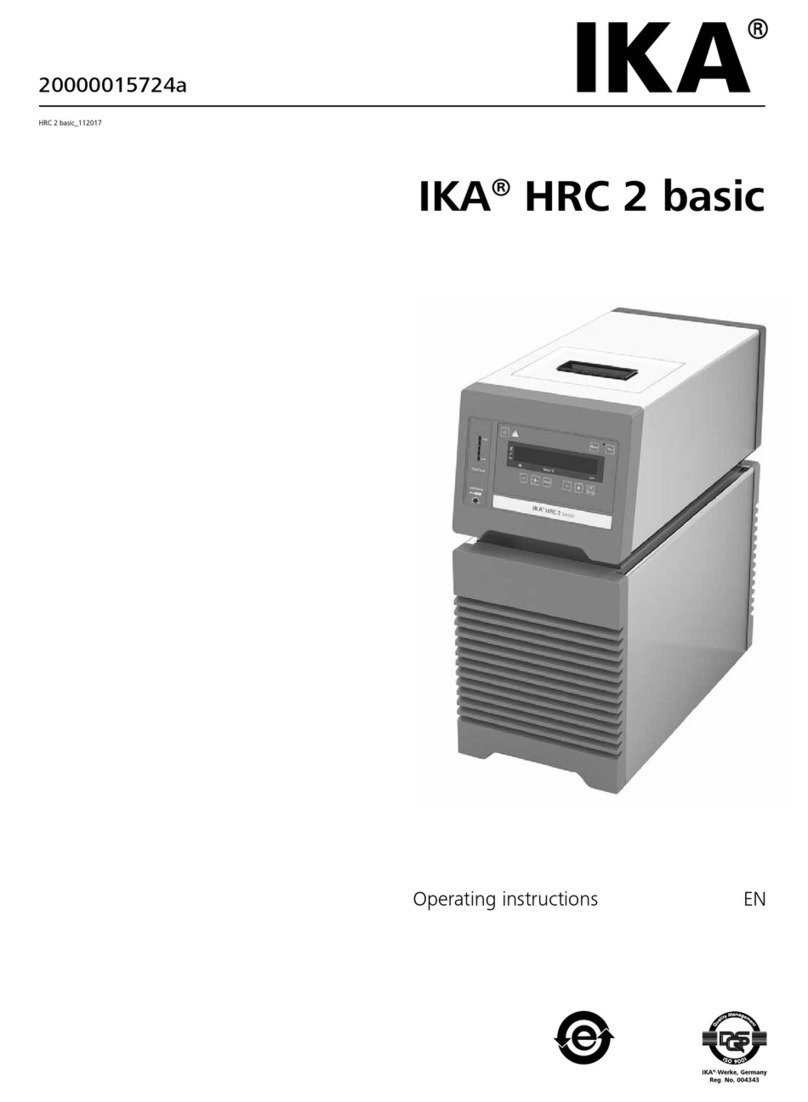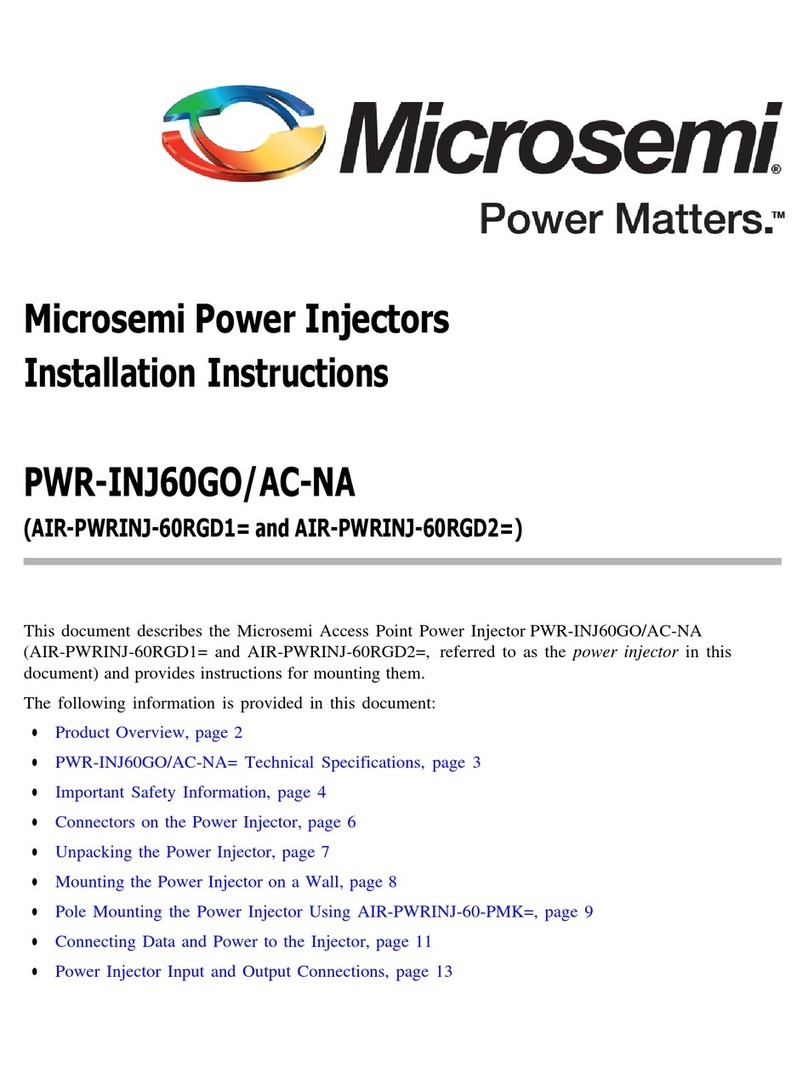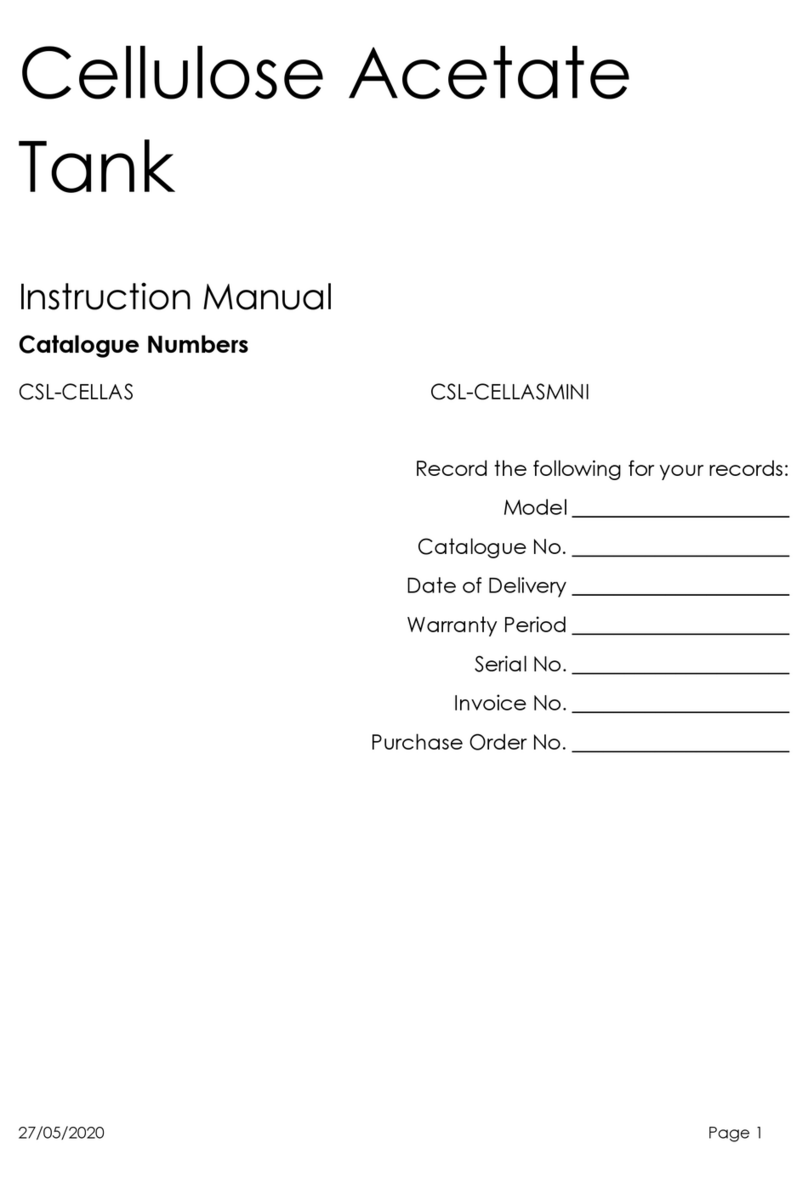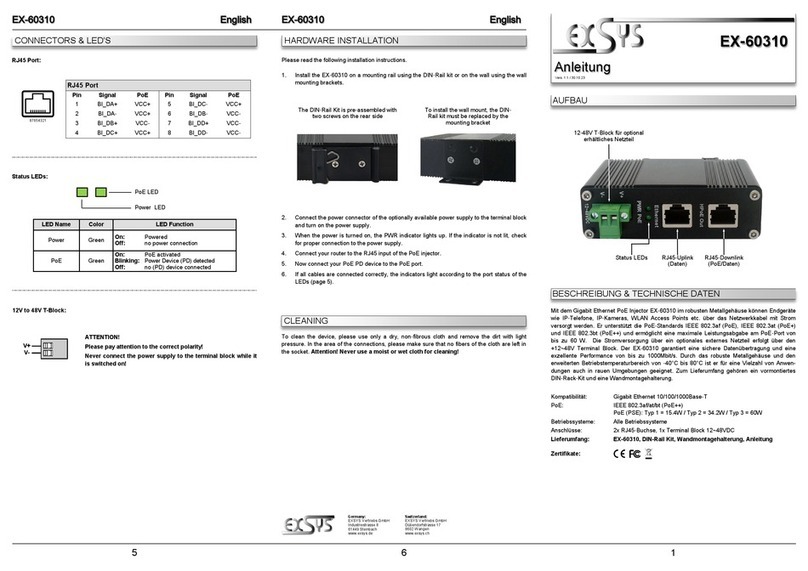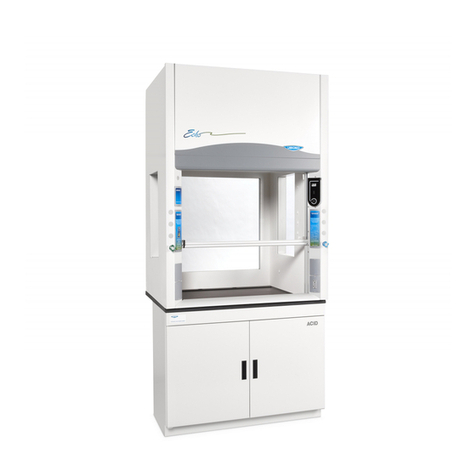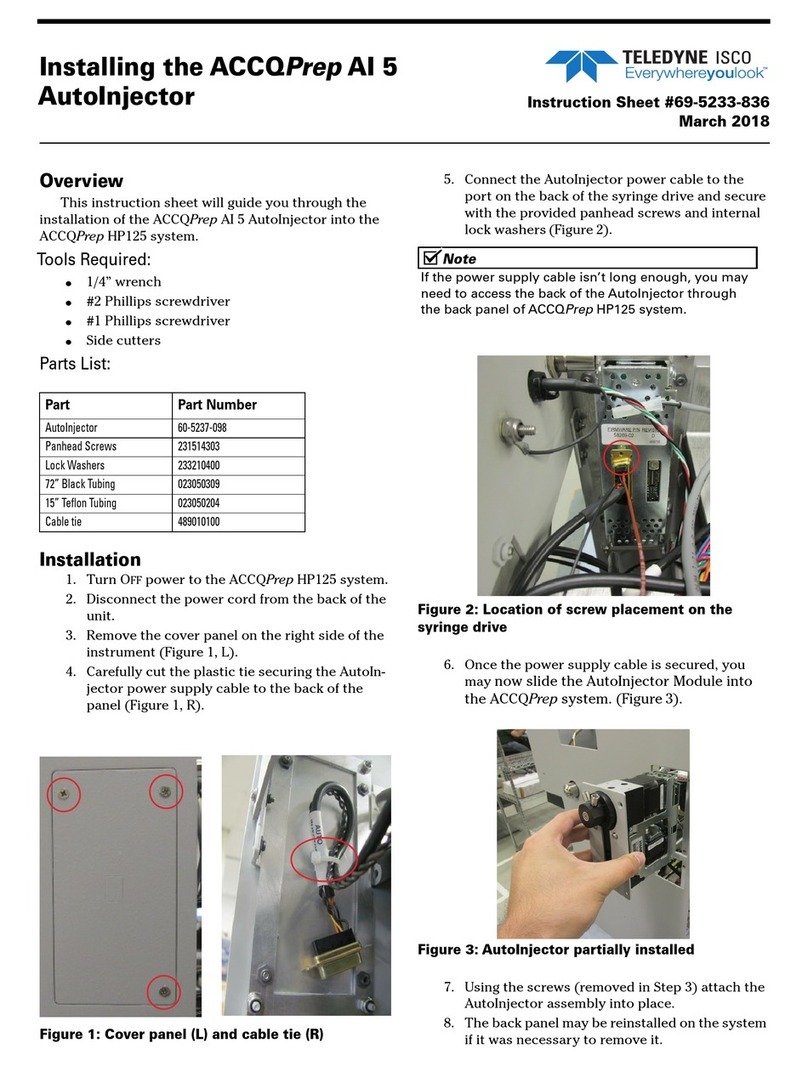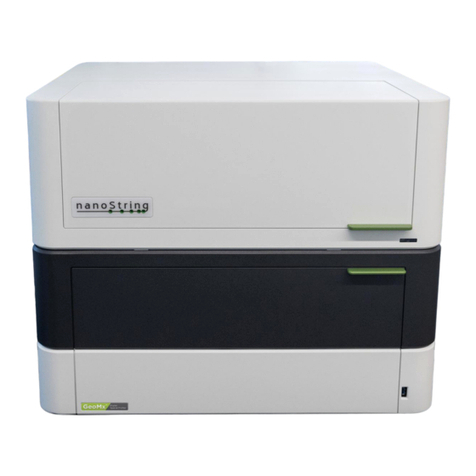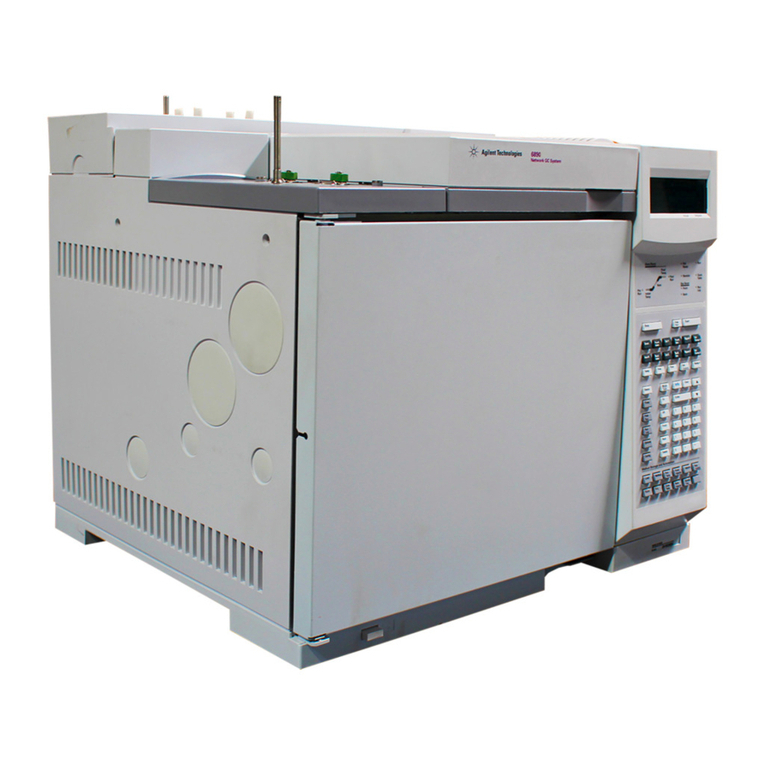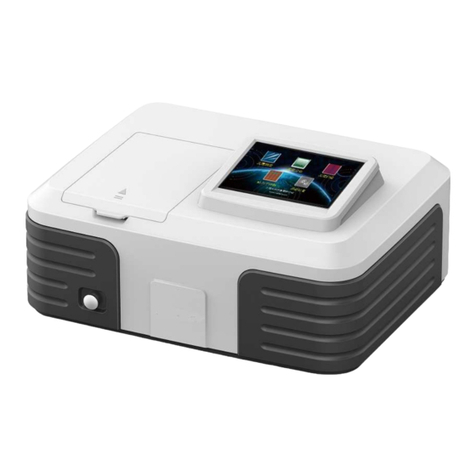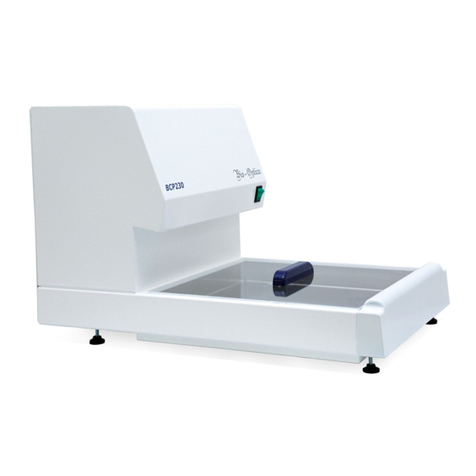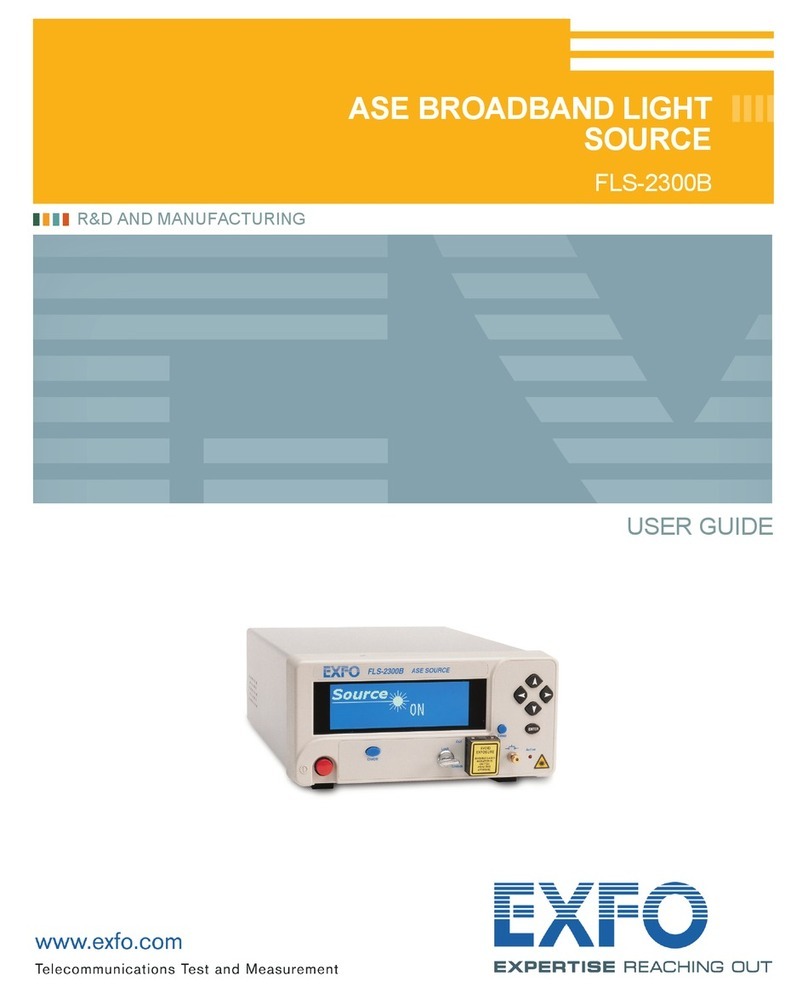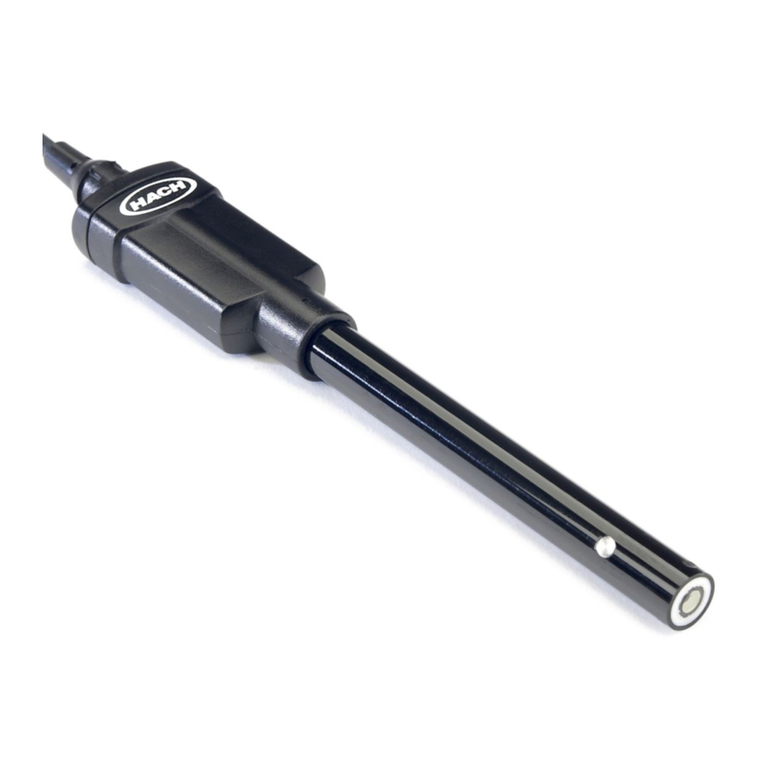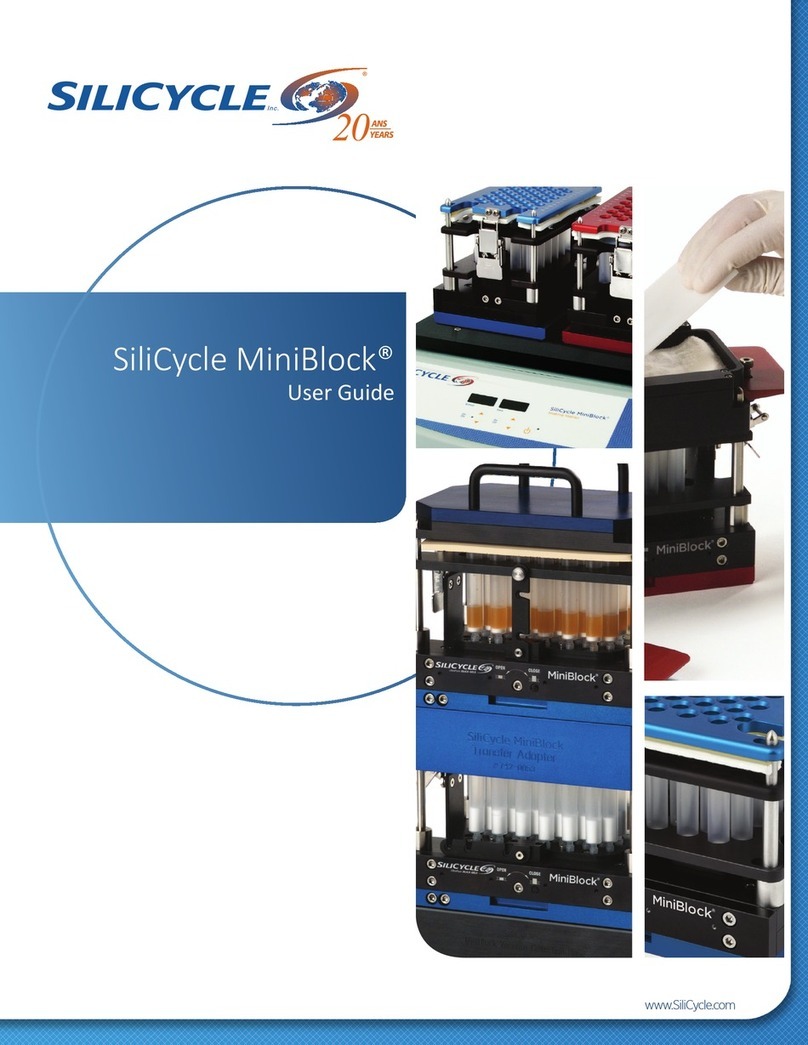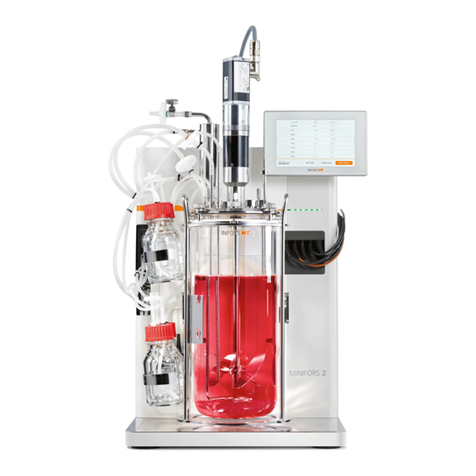
16
CONNECTORS FOR PERISTALTIC TUBES
8.5 Reducing Splice Connectors / Same Ends, Polypropylene
For tubes 1,6/3,2mm. ID. Code1.0080.15
For tubes 3,2/4,8mm. ID. Code 1.0080.18
For tubes 4,8/6,4mm ID. Code 1.0080.05
For tubes 6,4/8mm ID. Code 1.0080.14
For tubes 8/12,7mm ID. Code 1.0080.20
8.6 Straight connector for fitting/reducer, polypropylene
Straight connector / reducer Ø 4-5-8 to 7-10-12mm. Code 1.0120.31
8.7 Form Y connectors, polypropylene
Y shape connector, 6mm. either. Code 1.0120.26
Y shape connector, 8mm. either. Code 1.0120.48
Y shape connector, 10mm. either. Code 1.0120.32
Y-shaped connector, 12mm. either. Code 1.0120.33
8.8 Connectors-stainless steel 316 tubes- Connection and dosage
Straight connection 40 mm length
Tube for 0,5 and 0,8mm ID tubes, 25 Units. Code 8.0056.14
Tube for 1,6mm ID tubes, 25 Units. Code 8.0056.06
Tube for 3,2mm ID tubes, 25 Units. Code 8.0056.08
Tube for 4,8mm ID tubes, 25 Units. Code 8.0056.10
Tube for 6,4mm ID tubes, 25 Units. Code 8.0056.12
Dosage 130 mm length with a bevel
Dosage tube for 0,5 and 0,8mm ID tubes, 10 Units. Code 8.0056.15
Dosage tube for 1,6mm ID tubes, 10 Units. Code 8.0056.07
Dosage tube for 3,2mm ID tubes, 10 Units. Code 8.0056.09
Dosage tube for 4,8mm ID tubes, 10 Units. Code 8.0056.11
Dosage tube for 6,4mm ID tubes, 10 Units. Code 8.0056.13
Length 38mm
Micro-tube 0,8mm bore, 10 Units Code 1.0077.23
Micro-tube 0,9mm bore, 10 Units Code 1.0077.26
Clamping flange P. Code 1.0120.01
Clamping flange G. Code 1.0120.12
8.9 Anti-floating sunk Head
For peristaltic tubes of 1,6 and 3,2mm ID. Code 1.0303.10
For peristaltic tubes of 4,8mm ID. Code 1.0303.11
For peristaltic tubes of 6,4mm ID. Code 1.0303.12
For peristaltic tubes of 8,0mm ID. Code 1.0303.13
For peristaltic tubes of 9,6mm ID. Code 1.0303.14
For peristaltic tubes of 12,7mm ID. Code 1.0303.15
8.10 Stainless steel tubes for dosing with backflow valve
For tubes of 3,2/4,8mm ID. St.st. tip 4mm bore, WT 1mm. Code 1.0302.10
For tubes of 4,8/6,4mm ID. St.st. tip 6mm bore, WT1mm. Code 1.0302.11
For tubes of 6,4/8mm ID. St.st. tip 8mm bore, WT 1mm. Code 1.0302.12
For tubes of 8/9,6mm ID. St.st. tip 10mm bore, WT 1mm. Code 1.0302.13




















